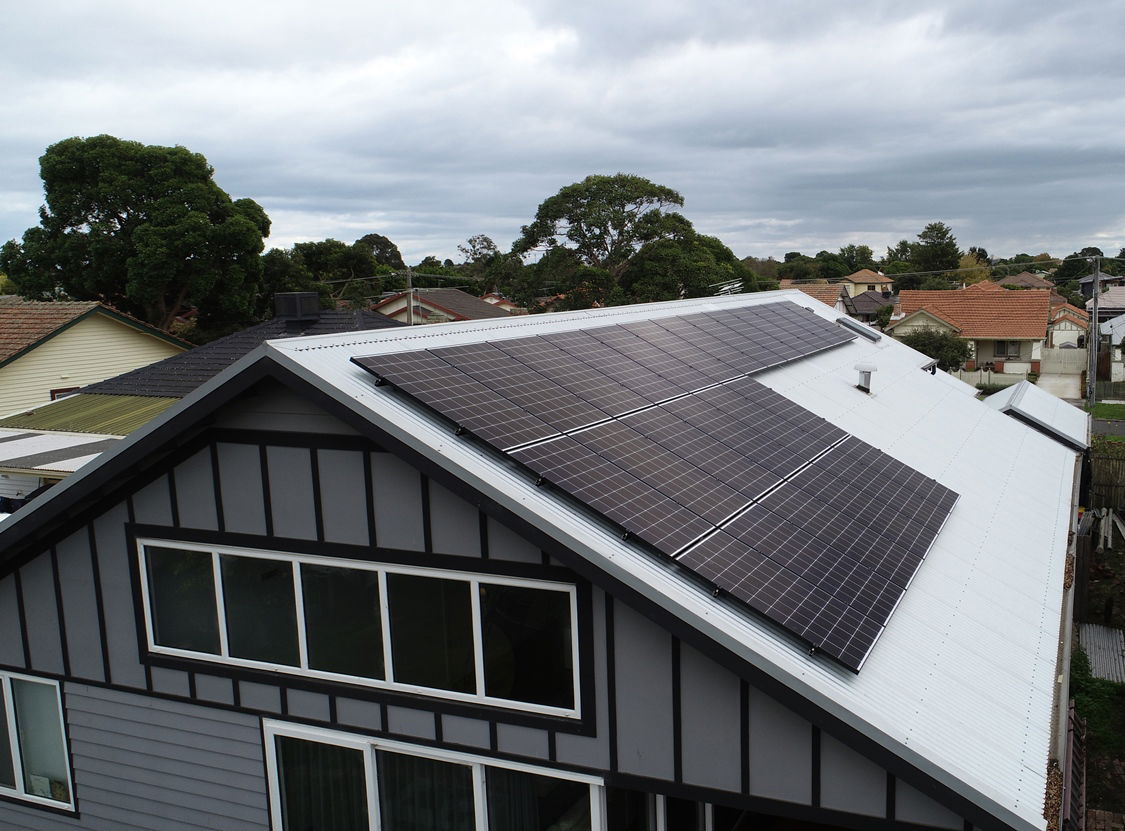Solar Power Battery Prices and Solar Batteries

As the demand for renewable energy solutions continues to rise, solar batteries have become an essential component of solar power systems. These batteries store excess energy generated by solar panels, allowing homeowners to utilize that energy during periods of low sunlight or power outages. This article will delve into the current landscape of solar power battery price and the factors influencing solar batteries and prices in 2024.
What Are Solar Batteries?
Solar batteries are energy storage devices that capture surplus electricity produced by solar panels. This stored energy can be used during periods when solar generation is low, such as at night or during cloudy weather. The two primary types of solar batteries are:
Lithium-Ion Batteries: These are the most common type of solar batteries used today. They are known for their high efficiency, longer lifespan, and ability to discharge more deeply compared to other battery types. Although they are typically more expensive, their performance and reliability make them a popular choice.
Lead-Acid Batteries: This traditional battery technology is generally less expensive upfront but has a shorter lifespan and lower depth of discharge, making them less efficient for solar applications.
Current Solar Power Battery Prices
In 2024, the average cost of a fully installed solar battery system is approximately $18,791. However, after applying the federal solar tax credit of 30%, the net cost can drop to around $13,154 [1]. This price can vary significantly based on several factors, including:
Battery Capacity: The amount of energy a battery can store, typically measured in kilowatt-hours (kWh). Larger capacity batteries tend to be more expensive.
Installation Costs: Labor and installation fees can add significantly to the overall price, often ranging from $1,000 to $3,000 depending on the complexity of the installation and local labor rates.
Type of Battery: Lithium-ion batteries are generally more expensive than lead-acid batteries but offer better performance and longevity.
Popular Solar Batteries and Their Prices
Several popular solar batteries are available on the market, each with varying capacities and prices. Here are some examples:
Tesla Powerwall 2: Approximately $8,400 for a 13.5 kWh capacity.LG Chem RESU10H: Starting at $6,000 for a 9.6 kWh capacity.Generac PWRcell: Priced around $10,000 for a 3 kWh capacity.SonnenCore+: Approximately $10,300 for a 10 kWh capacity.These prices reflect the growing competition in the market, which is driving innovation and cost reductions.
Factors Influencing Solar Batteries and Prices
The prices of solar batteries are influenced by several factors: Market Demand: As more homeowners and businesses adopt solar energy, the demand for batteries increases, which can affect prices.
Technological Advancements: Improvements in battery technology can lead to more efficient and cost-effective solutions, impacting overall pricing.
Local Regulations and Incentives: Different states have varying regulations and incentives that can affect the cost of solar battery installations. For instance, the federal solar tax credit allows homeowners to deduct 30% of the installation costs from their federal taxes, which can lead to substantial savings [2].
The Cost of Solar and Battery Systems
When considering the total investment in solar energy, it’s essential to look at the combined cost of solar panels and batteries. The average cost of a solar panel system can range from $15,000 to $30,000, depending on the size and type of installation. When combined with battery storage, the total cost can reach upwards of $27,000 or more, depending on the specific components chosen and installation requirements [1].
Benefits of Investing in Solar Batteries
Investing in solar batteries offers several advantages: Energy Independence: By storing energy, homeowners can reduce their reliance on the grid and avoid high electricity costs during peak hours.
Backup Power: Solar batteries provide a reliable source of power during outages, ensuring that essential appliances remain operational.
Cost Savings: By using stored energy during high-rate periods, homeowners can save significantly on their electricity bills.
Environmental Impact: Utilizing solar energy reduces carbon emissions and contributes to a more sustainable energy future.
Conclusion
Understanding solar power battery prices and the overall costs associated with solar batteries is crucial for homeowners considering an investment in solar technology. With the right information, consumers can make informed decisions that align with their energy needs and financial goals. As technology continues to advance and prices decrease, solar power battery systems are becoming increasingly accessible, paving the way for a more sustainable energy future.
